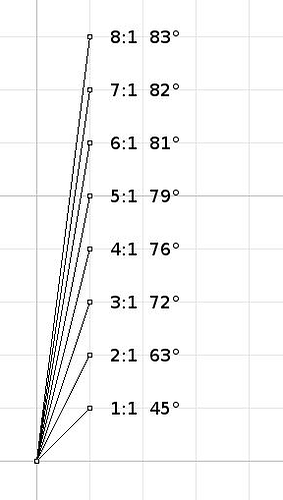I would like to mention a hypothesis of similarity between the minimum altitude of an airplane, and the tether elevation angle of an AWES in regard to secondary uses.
About the minimum altitude of an airplane:
https://www.faa.gov/about/office_org/field_offices/fsdo/lgb/local_more/media/FAA_Guide_to_Low-Flying_Aircraft.pdf
(b) Over congested areas – Over any congested area of a city, town, or settlement, or over
any open-air assembly of persons, an altitude of 1,000 feet above the highest obstacle
within a horizontal radius of 2,000 feet of the aircraft.
(c) Over other than congested areas – An altitude of 500 feet above the surface except over
open water or sparsely populated areas. In that case, the aircraft may not be operated
closer than 500 feet to any person, vessel, vehicle, or structure.
About the tether elevation angle: Lift to Drag Ratio
I think the angle of elevation is very important and affects the Power to space use ratio.
As an example @Kitewinder markets Kiwee which flies at an elevation angle of about 60 degrees (varying according to the wind speed), using a lifter kite of 4 m² for a turbine of about 1 m². With a smaller lifter kite, the system would work correctly but at a far lower elevation angle. I think this is a significant indication of the conditions for marketing any AWES at any scale.
It is not impossible that existing concepts and prototypes could actually become sub-systems for high lift and high elevation angle AWES. And also new concepts could emerge. I sketched some ideas in several topics, but still without significant promise of result.
Consequently networks of lifter kites or kytoons could constitute (inferior or/and superior?) bases for AWES.
